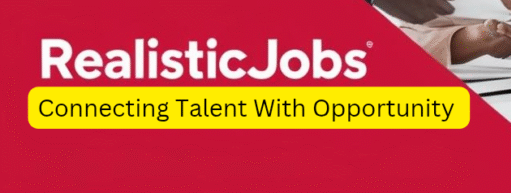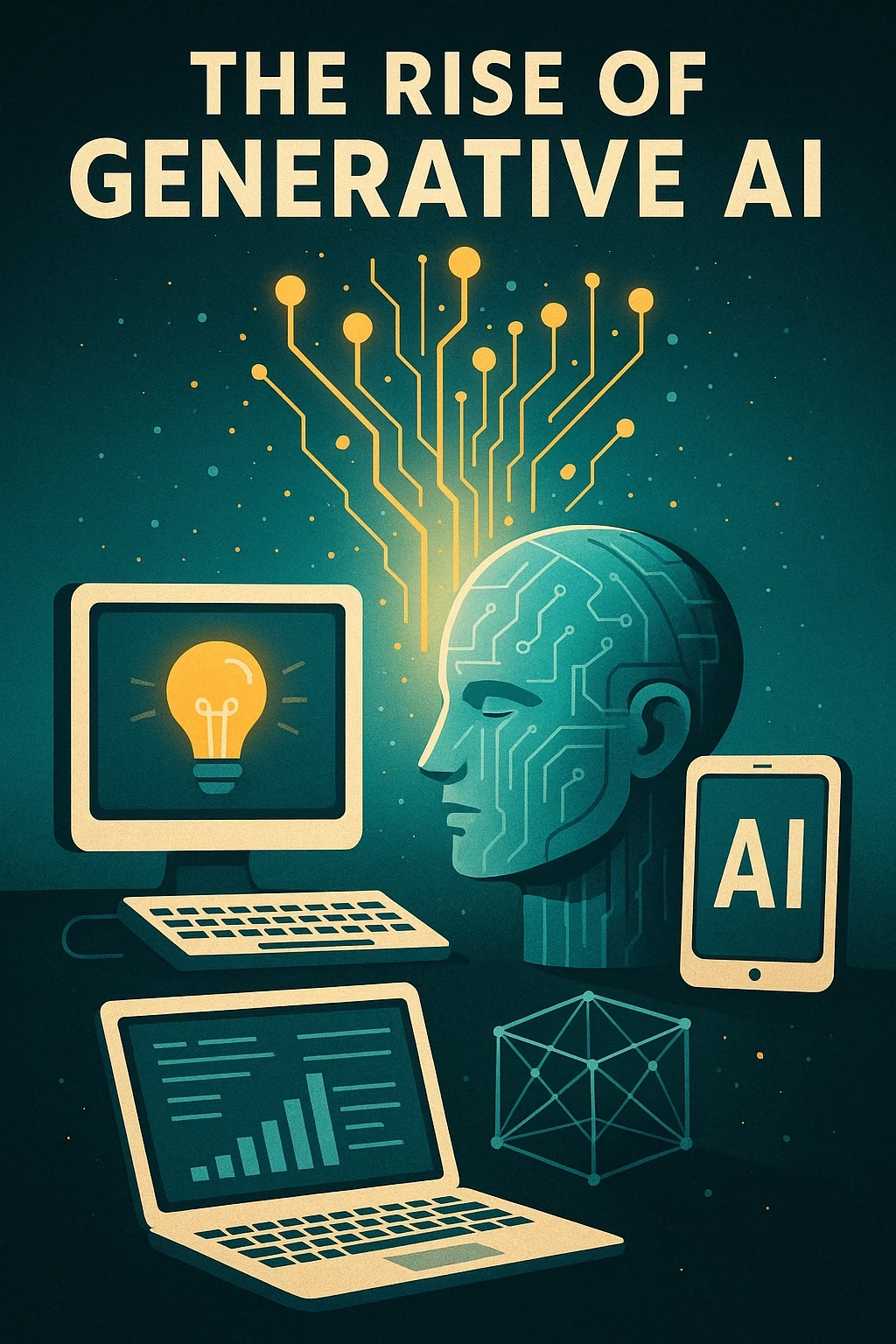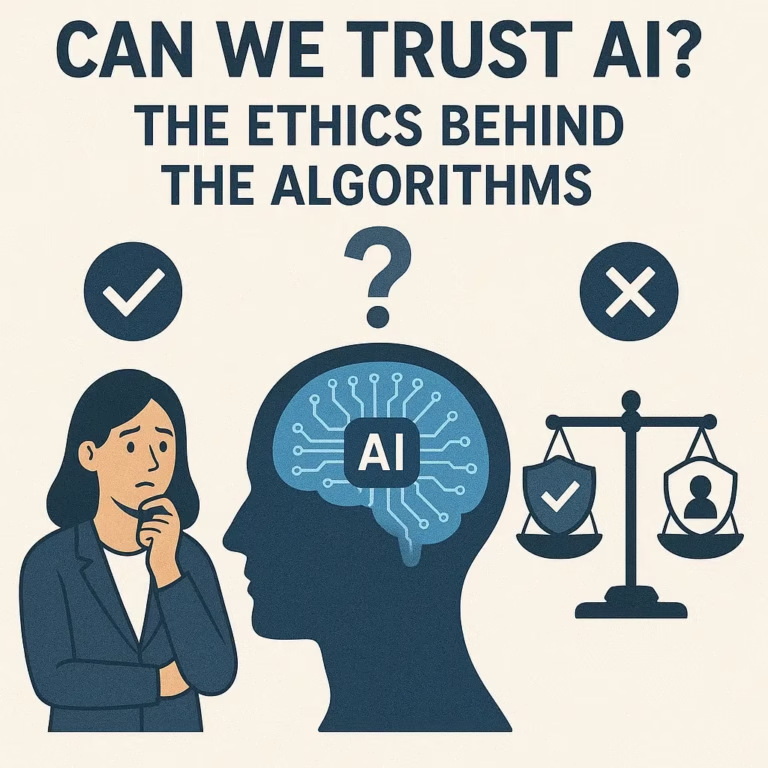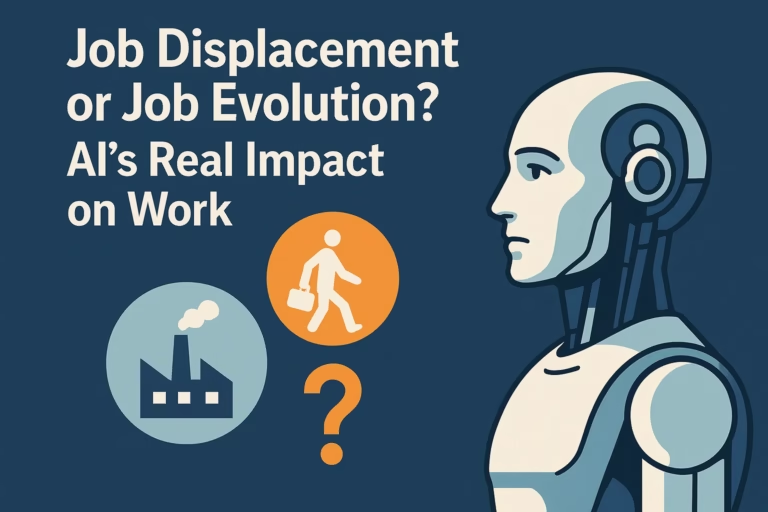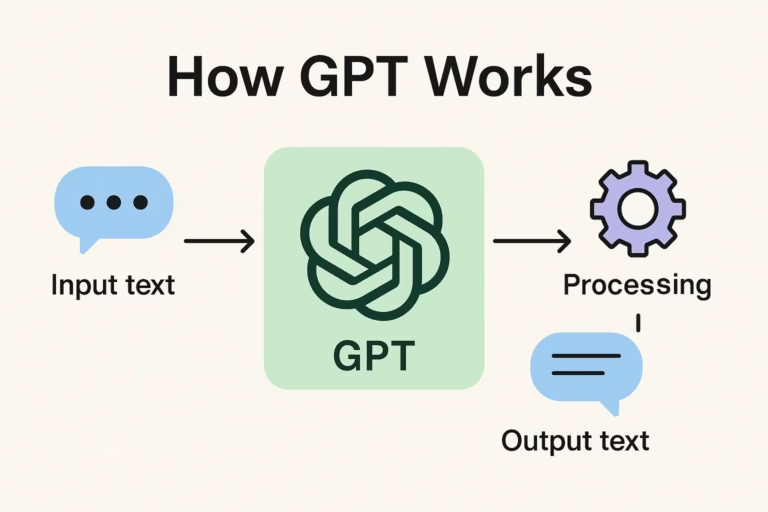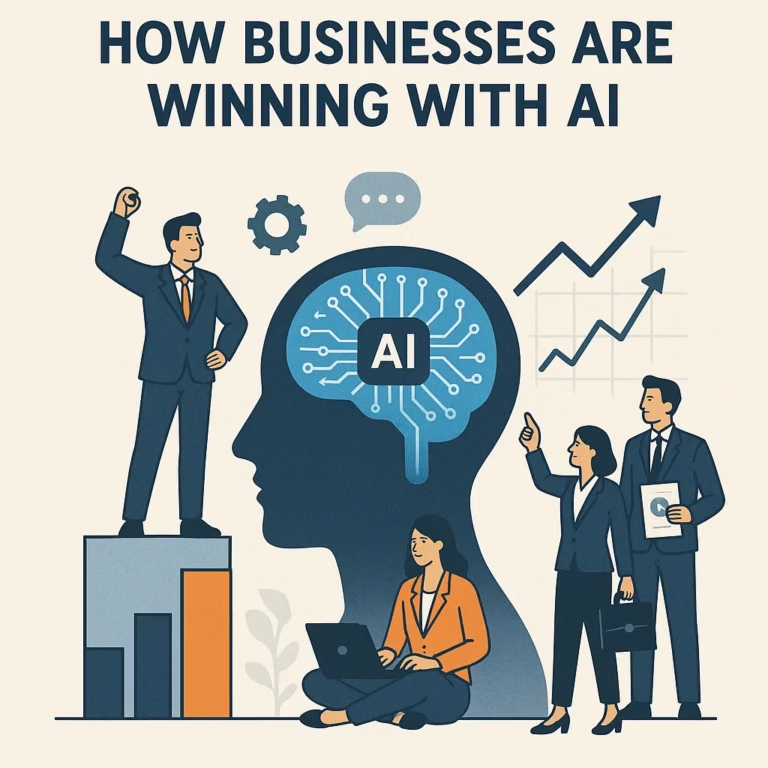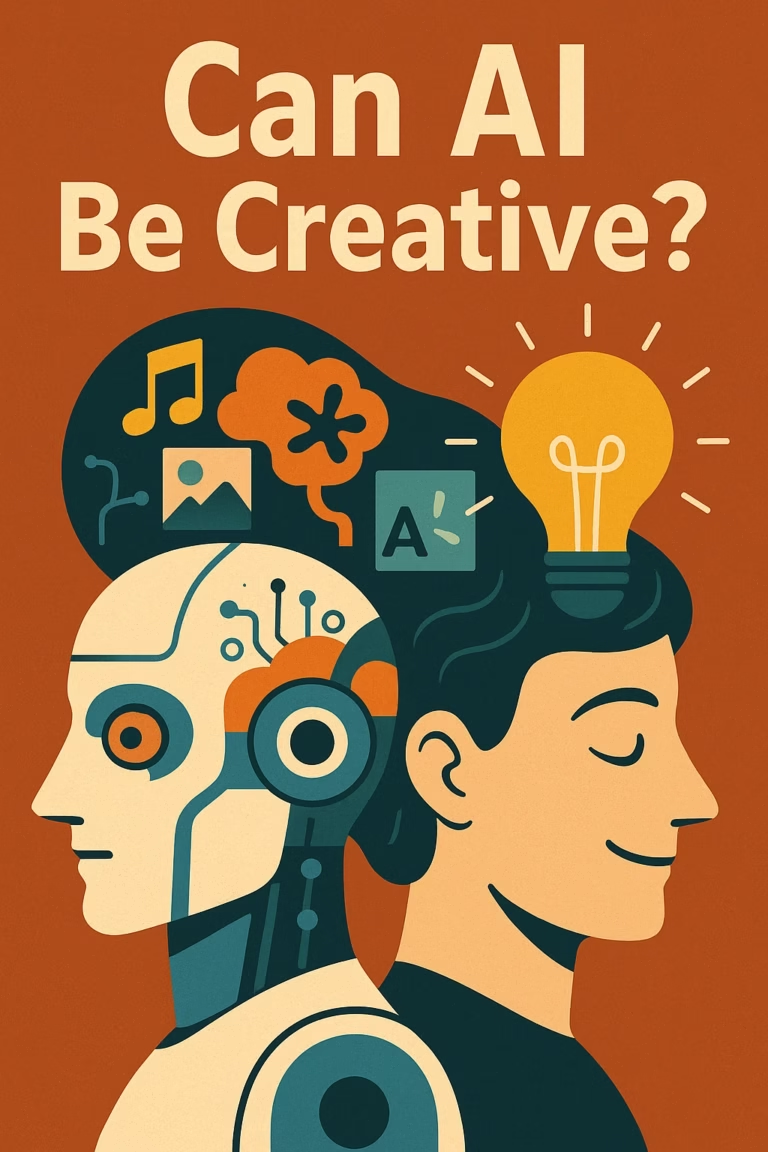The Rise of Generative AI: What It Means for Creators
In just a few short years, Generative AI has gone from experimental tech to a powerful creative tool that’s reshaping industries. From writing articles and composing music to designing graphics and generating video, this new wave of AI is redefining what it means to be a creator. But what exactly is Generative AI—and what does…
In just a few short years, Generative AI has gone from experimental tech to a powerful creative tool that’s reshaping industries. From writing articles and composing music to designing graphics and generating video, this new wave of AI is redefining what it means to be a creator.
But what exactly is Generative AI—and what does its rise mean for creatives, artists, writers, and designers?
Let’s unpack it.
What Is Generative AI?
Generative AI refers to artificial intelligence systems that can create new content—text, images, audio, video, and even code—based on the data they’ve been trained on.
Rather than simply analyzing or categorizing data, generative AI produces something new. It uses deep learning models, especially those like GPT (for text), DALL·E and Midjourney (for images), Sora (for video), and Jukebox (for music) to generate content that often feels surprisingly human-made.
Related: AI vs Machine Learning: What’s the Real Difference?
Examples of Generative AI:
- Writing blog posts or marketing copy
- Creating artwork or illustrations
- Composing music or audio tracks
- Designing websites or UI mockups
- Generating video content and animations
- Building code snippets or full applications
What This Means for Creators
1. Creativity at Scale
Generative AI helps creators produce more, faster. Need 50 ad variations? A first draft of your screenplay? Concept art in five styles? Generative tools can deliver in seconds.
It’s not about replacing creativity—it’s about scaling it.
2. New Collaboration Models
AI becomes a co-creator, not just a tool. Writers brainstorm with AI. Designers prototype with AI-generated elements. Musicians remix AI-generated melodies.
Think of it as a collaborator that’s:
- Tireless
- Fast
- Nonjudgmental
3. Lower Barriers to Entry
Don’t know how to draw or write music? No problem. With tools like ChatGPT, Adobe Firefly, or Suno, you can start creating—no years of training required.
This is democratizing creativity, giving more people the power to express themselves.
4. Creative Pressure & Competition
With access to AI tools, more people can enter creative spaces—fast. This raises the bar for originality and personal voice. If AI can do average work, human creators must deliver exceptional and authentic work to stand out.
5. New Ethical & Legal Questions
Generative AI is trained on massive datasets—some of which include copyrighted works. This sparks ongoing debates about:
- Ownership: Who owns AI-generated content?
- Attribution: Should AI credit the original artists or datasets?
- Fair use and plagiarism concerns
Creators need to stay informed and advocate for fair policies.
The Future: Opportunity + Responsibility
Generative AI is not a passing trend—it’s a permanent shift. For creators, this is a moment of huge opportunity and real responsibility.
What you can do:
- Experiment with tools like ChatGPT, Midjourney, RunwayML, etc.
- Develop your unique voice—something AI can’t replicate.
- Understand the ethics around AI and content ownership.
- Leverage AI to enhance, not replace your process.
Final Thoughts
Generative AI is changing the creative landscape. But at its core, creativity is still human. The best work will come from those who blend human intuition, emotion, and experience with the powerful capabilities of AI.
So don’t fear the rise of Generative AI—embrace it, explore it, and make it your ally.
